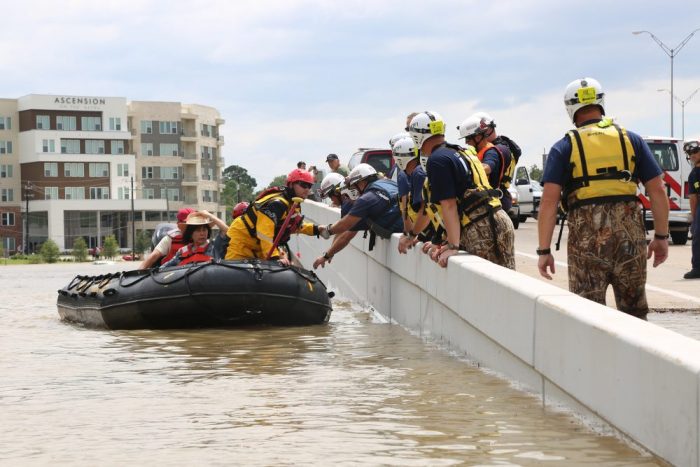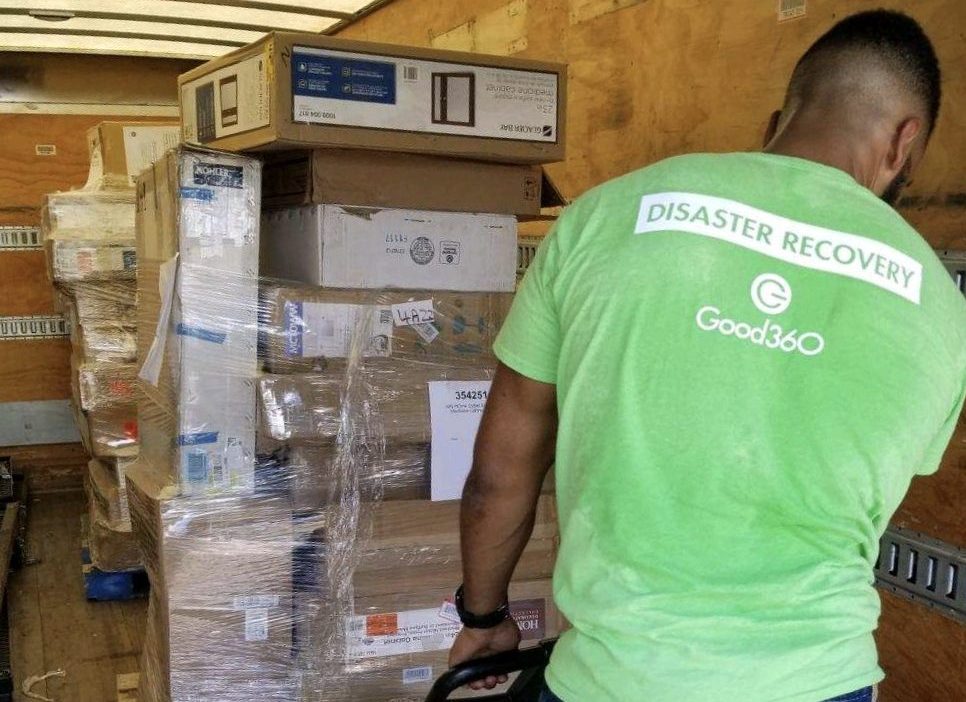Meeting the Difficult, Critical Needs of Long-Term Recovery
After a disaster, we are inspired by dramatic coverage to do something and do it right away. The Associated Press recently reported that over $1 billion was contributed to Hurricane Harvey-related causes. The vast majority of those donations were made – and spent – within a month of the disaster. Unfortunately, courageous rescues and full […]


After a disaster, we are inspired by dramatic coverage to do something and do it right away. The Associated Press recently reported that over $1 billion was contributed to Hurricane Harvey-related causes. The vast majority of those donations were made – and spent – within a month of the disaster.
Unfortunately, courageous rescues and full emergency shelters are only a small portion of what happens after disaster strikes. In fact, most of the serious work starts weeks after the disaster is over, as houses need to be rebuilt, schools re-opened. and people slowly get their lives back to normal.
This long-term recovery work is complex. It surfaces difficult decisions, ones that often require community-wide input and agonizing trade-offs. Take housing for example.
Getting people back in their homes as soon as possible after a disaster seems to make sense. But what if the house is in a neighborhood that floods frequently? Would it be better to do something to prevent future flooding first? Should rebuilding at the same location even be an option? When should major infrastructure improvements be made and who gets to decide?
Economic recovery poses complicated choices as well. Lack of employment opportunities prompts people to leave the area; but if people can’t live in their homes or kids can’t go to school, where do businesses find enough employers?
A common refrain we hear after disasters is “Let’s not just rebuild, but build back better.” That sounds attractive. Why rebuild and replicate the same vulnerabilities and inadequacies? Accomplishing that goal, however, is neither easy nor inexpensive.
For all these reasons, our first grants from the CDP Hurricane Harvey Recovery Fund are going to seven different long-term recovery organizations. These long-term recovery groups are made up of community leaders, nonprofit groups, faith-based organizations, and affected residents who know best what the needs of each community are and how to address those needs. They will undertake needs assessments, involve the community in making difficult choices, and provide insights on how to direct additional funding.
Nearly six months after Hurricane Harvey hit Texas, the recovery needs are still significant for affordable housing, food security, economic development, community development, and mental and physical healthcare. Over the past few months, our Hurricane Harvey Recovery Fund Director Sally Ray has met many survivors who are staying in homes that aren’t safe to live in.
She recently traveled to Rockport where she met “Charles” who was living in a home full of mold and moldy furnishings. He was elderly and his wife was actually ill, but they had nowhere else to go. Low-income housing is very limited in almost every affected area and there are survivors who have no choice but to stay in homes that aren’t remotely livable. Often these people have fragile document status or are for some other reason wary of government support.
As a donor, what can you do to help?
Though donations for immediate relief activities are always critically needed, your support should not stop here. After you’ve made your initial contribution, ask yourself, “Will survivors have a house to go back to next week? What will that community be like a year from now?” Then make a second contribution to help those who survived the disaster but need your support even more a year later as the agonizing work of mid-term and long-term recovery is underway.
[button]DONATE NOw[/button]
More like this

Are We Experiencing Donor or Disaster Fatigue?

